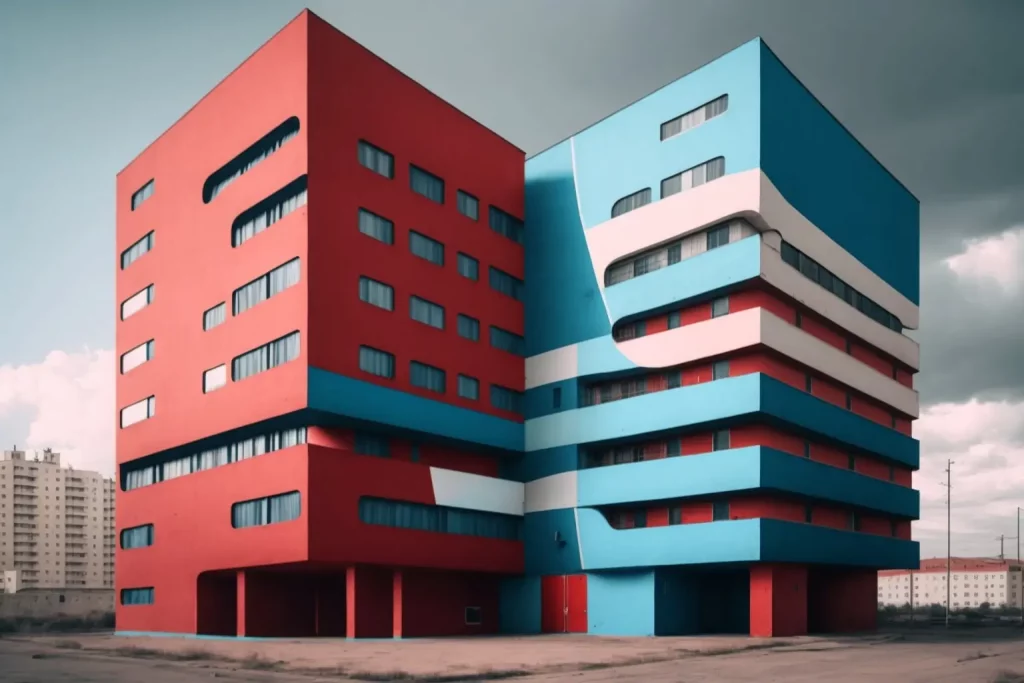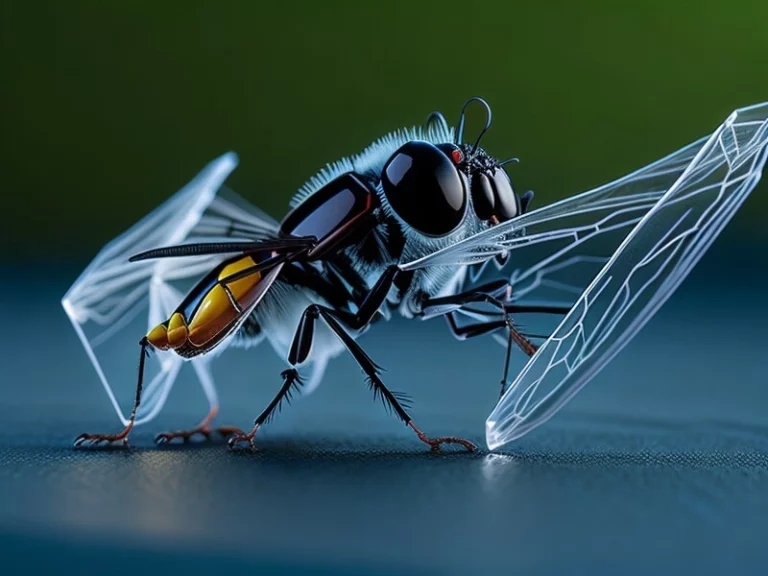Hey there, tech enthusiasts! Today, I want to talk about a breakthrough innovation that could revolutionize the way we regulate indoor temperatures. It involves a new type of coating that can change color depending on the temperature, thus enabling buildings to absorb or reflect heat as needed. Sounds cool, right?
But wait, what’s the catch? How does this coating work, and how can it benefit us? Well, fear not, my curious friends. In this article, I’ll explain everything you need to know about this color-changing coating and its potential impact on building comfort, energy efficiency, and sustainability. Let’s get started!
The Coating That Knows What to Do
Imagine a coating that can switch between two colors, say blue and red, depending on the temperature around it. When the temperature is low, the coating appears blue, which means it absorbs more sunlight and heats up the surface beneath it.
When the temperature is high, the coating turns red, which means it reflects more sunlight and cools down the surface. The magic lies in the chemical composition of the coating, which response to heat by changing its molecular structure and thus its optical properties.
So, what does this mean for buildings? Well, it means that they can adapt to the ambient temperature without the need for external heating or cooling systems. For example, during winter, the coating can absorb more sunlight and warm up the walls and roofs, thus reducing the need for heating.
During summer, the coating can reflect more sunlight and cool down the surfaces, thus reducing the need for air conditioning. This not only saves energy and money but also reduces the carbon footprint of the building.
A Solution for All Climates?
Now, you may wonder, can this coating work equally well in all types of climates and weather conditions? After all, the optimal temperature range for human comfort varies between regions and seasons.
Well, the good news is that the coating can be tailored to different temperature ranges and spectral profiles. In other words, the chemical composition of the coating can be adjusted to match the local climate and solar radiation.
For example, in a hot and sunny desert, the coating can be designed to reflect more infrared and ultraviolet light, whereas, in a cold and cloudy city, the coating can be designed to absorb more visible and near-infrared light.
Moreover, the coating can be applied to various surfaces, such as metal, glass, concrete, and even textiles. This means that it can be used not only in buildings but also in vehicles, clothing, and outdoor furniture.
Imagine a car that automatically adjusts its color and temperature according to the weather outside. Or a jacket that keeps you warm in winter and cools in summer without adding bulk. Or a park bench that doesn’t scorch your skin on a hot day. The possibilities are endless!
A Step Towards a Brighter Future?
Now, you may think that this color-changing coating is too good to be true. After all, we’ve seen many promising inventions that turned out to be hype or flop. So, what makes this coating different? Well, for one, it has already been tested in real-life conditions and shown promising results.
According to a recent study published in ACS Applied Materials & Interfaces, the coating was able to reduce the temperature of a roof by 6°C during a sunny day in California, compared to an uncoated roof. That’s a significant difference!
Moreover, the coating is based on a simple and scalable technology that doesn’t require rare or toxic materials. This means that it can be produced and applied at a reasonable cost and with minimal environmental impact.
In fact, the researchers behind the coating claim that it has the potential to save up to 40% of the energy used for heating and cooling in buildings, which is a huge number considering that buildings account for about 40% of the total energy consumption in the world.
Of course, the coating alone cannot solve all the challenges of building comfort and sustainability. It needs to be combined with other measures, such as insulation, ventilation, and renewable energy sources.
Moreover, it needs to be tested and optimized for various scenarios and conditions, such as humidity, durability, and maintenance. But, as a proof of concept, it shows that innovation and creativity can lead to practical and impactful solutions.
Conclusion: A Coating That Changes the Game
In conclusion, the color-changing coating is a fascinating invention that has the potential to transform the way we regulate indoor temperatures. By adapting to the ambient temperature and solar radiation, it can reduce energy consumption. While enhancing the comfort and health of their occupants. It also opens up new possibilities for smart and sustainable products and applications.
As a mechanical engineer, I’m excited to see how this technology will evolve and spread in the coming years. As a blogger, I’m grateful to share this news with you and invite you to join the conversation.
What do you think of this color-changing coating? Have you heard of any other innovative technologies that could improve building comfort and sustainability? Let me know on our Facebook page! And, as always, stay curious and stay tuned for more tech updates.
Reference
ACS Publications – Link





